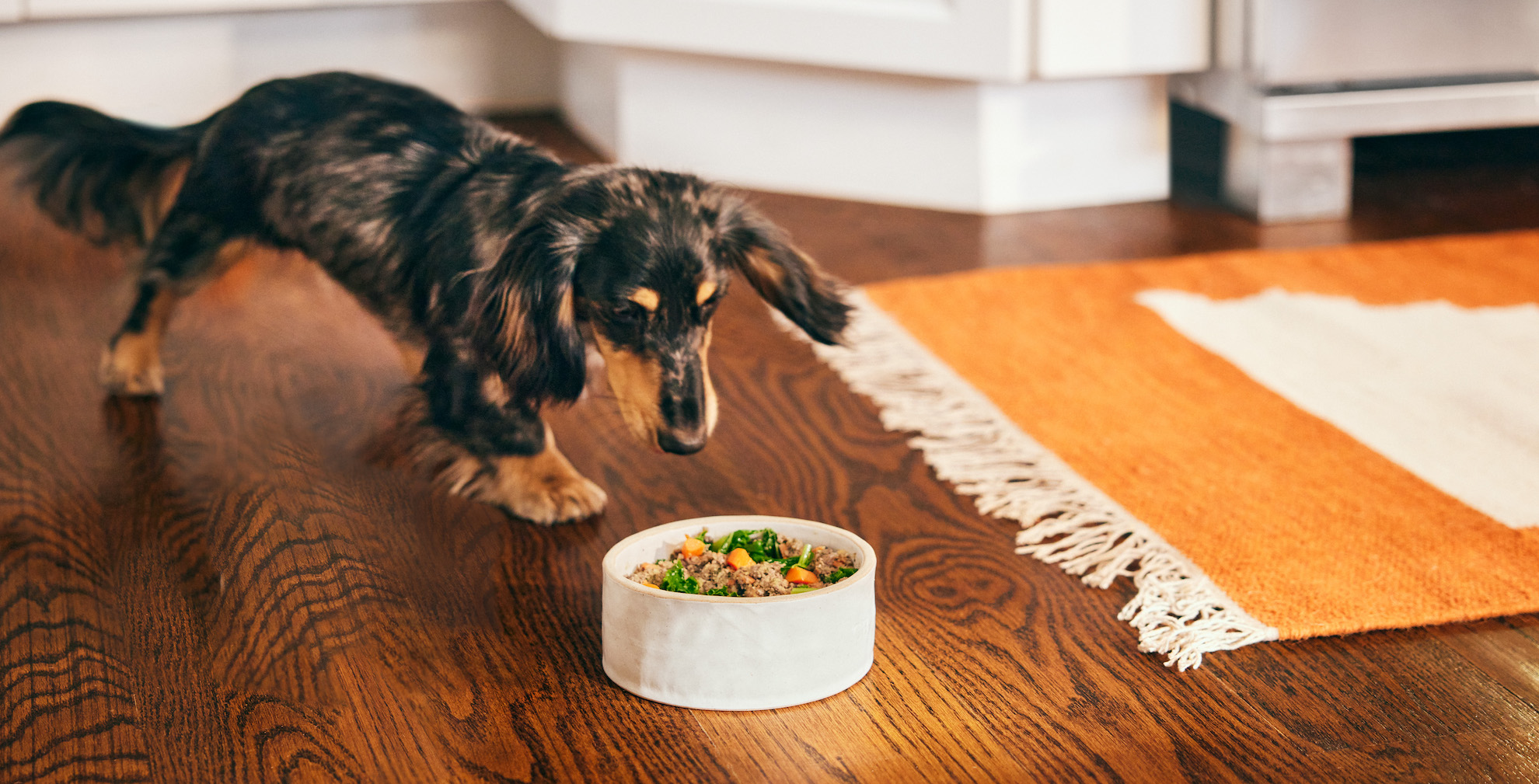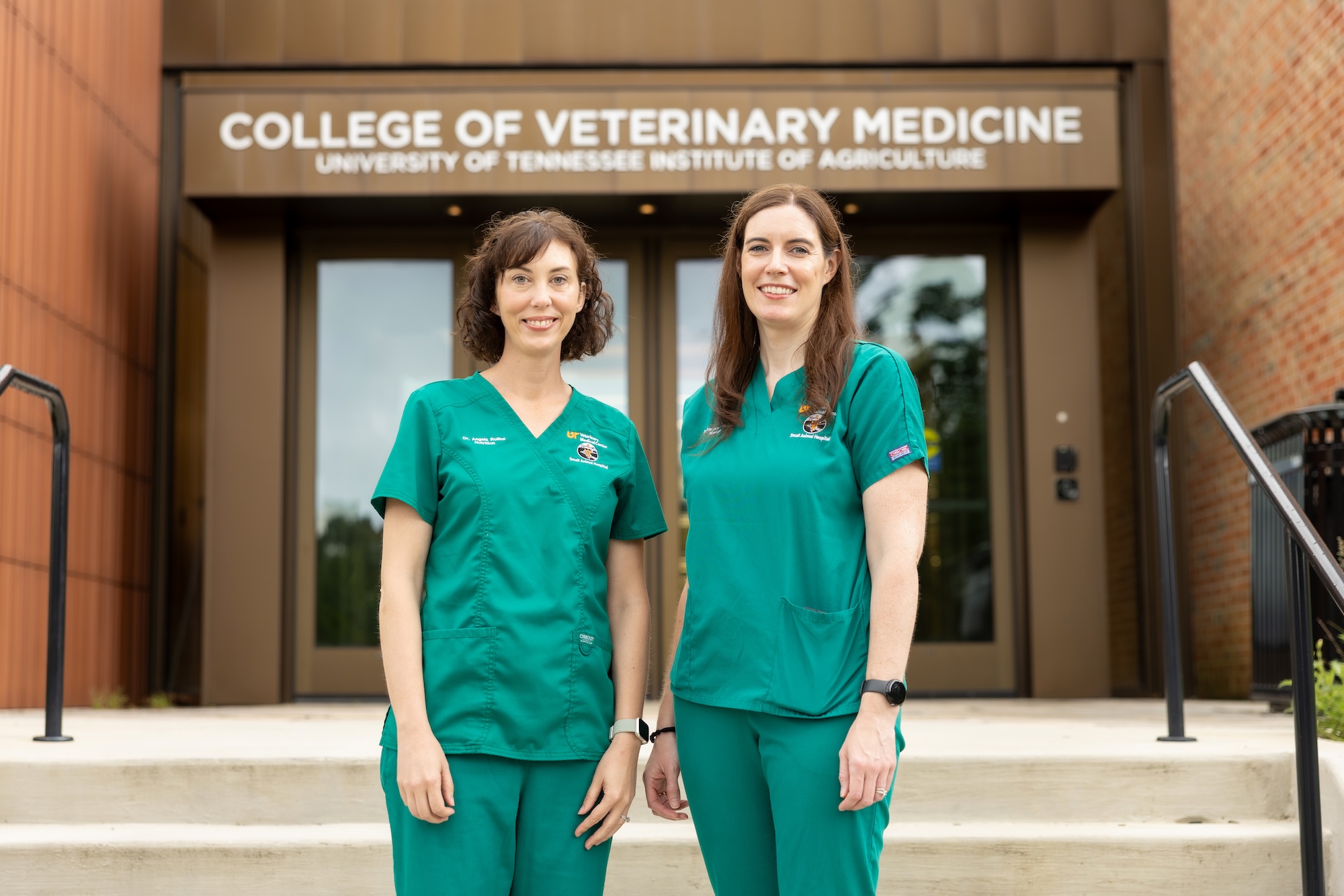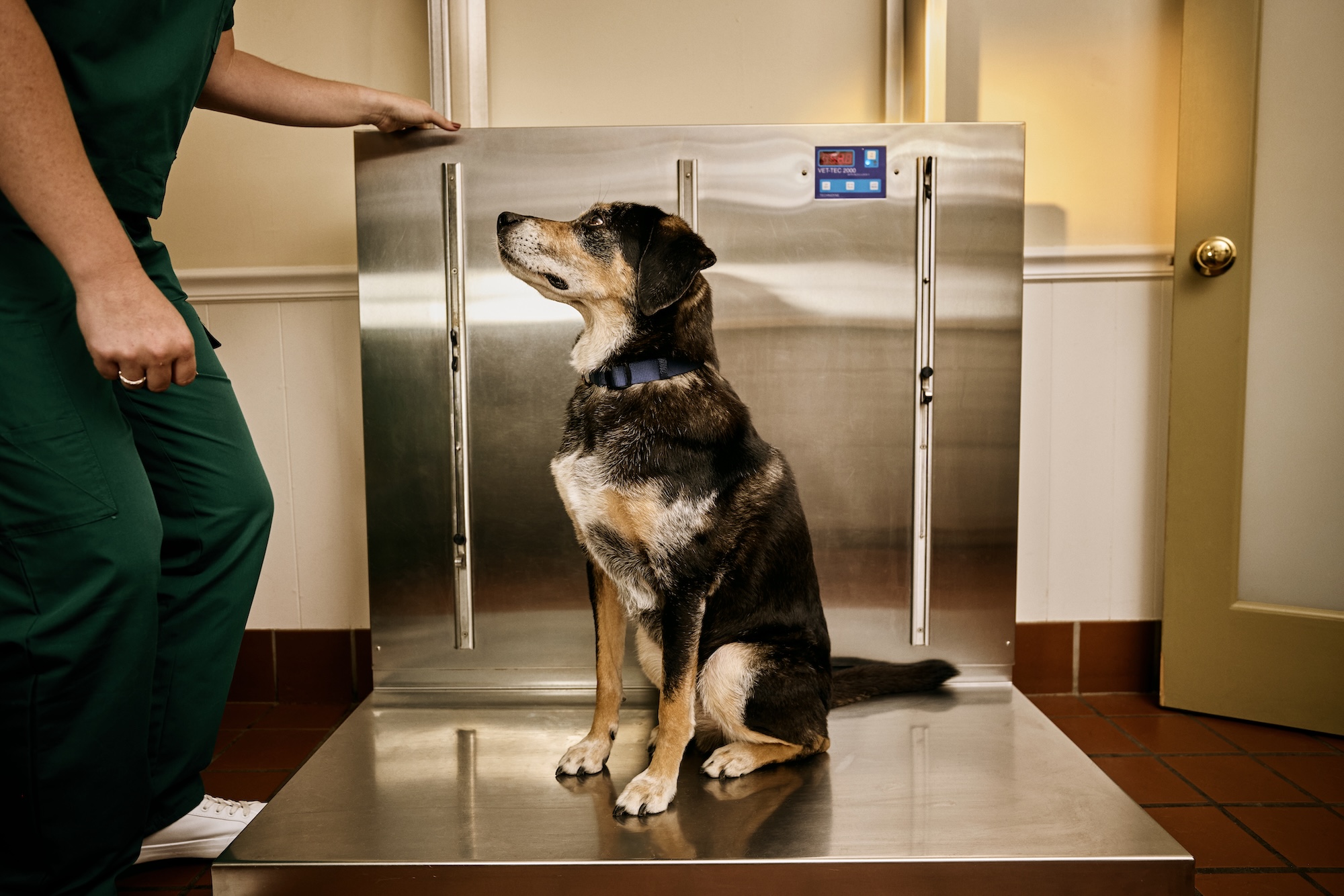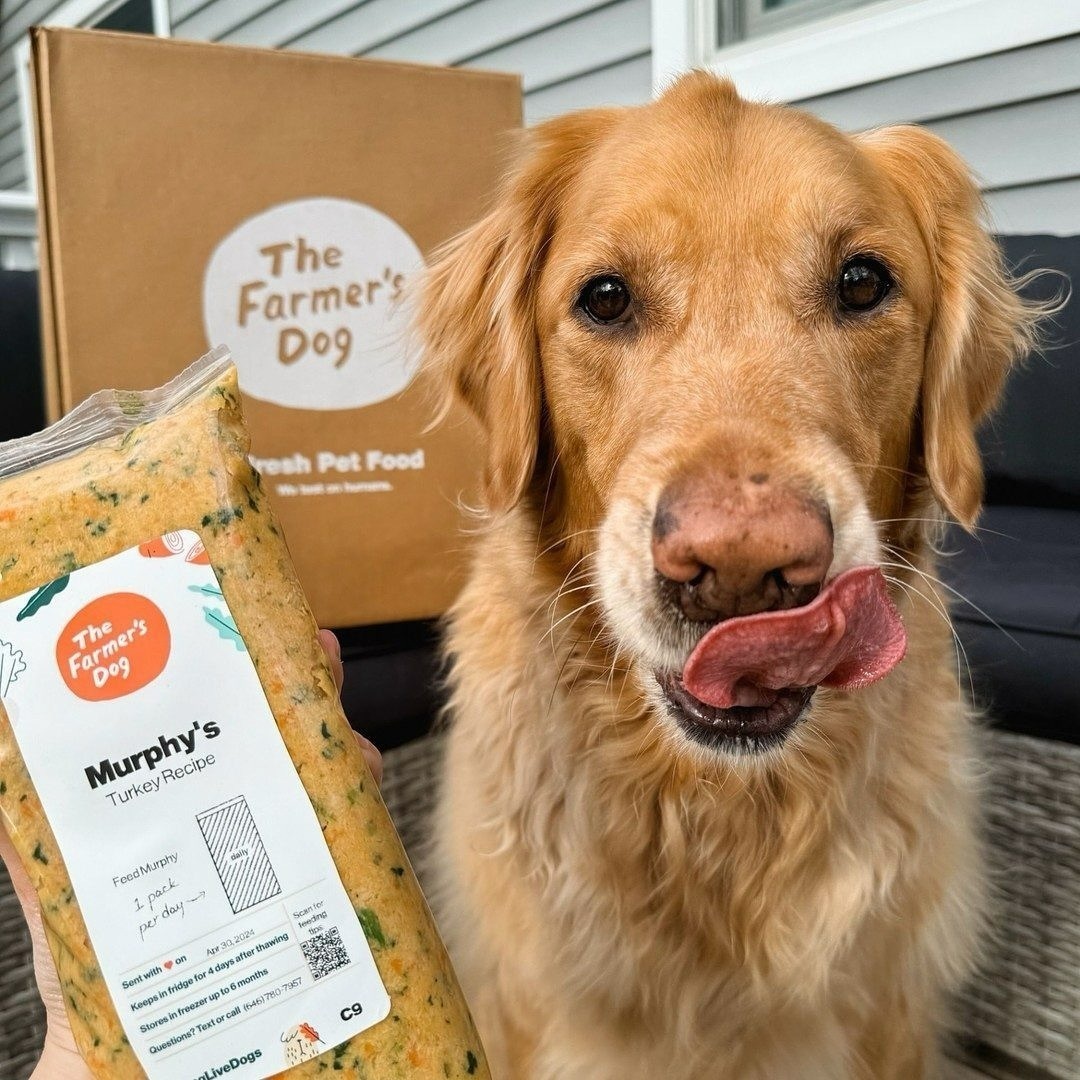You may have heard the term “human-grade” used to describe the fresh food made by The Farmer’s Dog. Unlike some marketing buzzwords you can find on pet-food labels, these words have a very important meaning when it comes to the safety and quality of your dog’s diet.
Here’s a clear explanation of what human-grade means, what it doesn’t mean, and why it’s a key part of our approach to dog nutrition.
What “human-grade” means when it comes to dog food
Simply, human-grade dog food is made to the same rigorous safety and quality standards, and according to the same regulations, that apply to human food.
Many pet-food descriptors like “premium,” or “ancestral” aren’t defined by AAFCO, the organization that sets pet-food nutrition and labeling guidelines. They’re meaningless marketing terms, or “romance copy.”
In contrast, ”human-grade” is defined by AAFCO and there are guidelines that govern its use on pet-food labels. Per AAFCO, the use of the term is only acceptable in reference to a pet-food product as a whole. The term specifies “that every ingredient and the resulting product must be stored, handled, processed, and transported in a manner that is consistent and compliant with 21 CFR part 117 (FDA rules governing human-food production) and those applicable federal human food laws as required by ingredient, process and/or facility type.”
While each of our recipes is a blend of human-grade meat and vegetables, it’s important to note that the human-grade standard doesn’t apply only to the ingredients in the food, but also to where and how the food is made. Per AAFCO’s guidelines, The Farmer’s Dog food is made in facilities licensed to produce human food, alongside food made for humans. Very few pet foods are made to this strict standard. More on this later.
We make our food to this standard because it’s in keeping with our mission to give every dog person peace of mind and help them give their dogs the longest, healthiest lives possible.

More about our rigorous standards
Every step of our sourcing, cooking, packaging, and storing processes meets the same standards required for human food.
All our manufacturing locations are subject to third-party audits of food safety, good manufacturing processes (GMP), quality programs, and sanitary conditions. We have strict controls in place to prevent physical, chemical, microbial, and allergen carry-over and cross-contamination.
We require our facilities to have a USDA Grant of Inspection for human food, and all our facilities are registered to make human food. Again, very few pet foods meet this exacting standard. While some pet-food brands advertise that they use human-grade ingredients, their food is not actually human-grade if it isn’t made in human-food facilities.
Making our food to the standards of human food is just one of the ways The Farmer’s Dog food is designed to put the health of dogs first. All our recipes are developed by board-certified nutritionists to be complete and balanced for all life stages. Our food is lightly cooked to retain nutrients, and is clinically proven to be highly digestible. We deliver the food to customers’ doors in packs that are pre-portioned according to each dog’s individual caloric needs, making it easier to manage their weight (a significant factor in long-term health).
How human-grade is different from typical pet-food standards
Typical dry and canned pet food is made to the standard of commercial animal “feed.”
Animal feed is not subject to the same level of scrutiny, regulation, and rule-enforcement as human food. For example, pet food made to feed standards can include things not legally allowed in human food, like diseased meat—as long as these ingredients are subject to the high-heat process of “rendering.” The best example of a rendered product, and one that’s commonly found in kibble, is “meal”—listed among the ingredients as “chicken meal,” “beef meal,” “meat meal,” and the like.
Research has shown that a substantial number of typical kibble ingredient lists are inaccurate. Making dog food to human-grade standards is an assurance that you know exactly what you’re putting in your dog’s bowl. Rendered products like meals simply aren’t allowed in human-food facilities.
What human-grade doesn’t mean
When we use the term “human-grade,” it is not because we think pets should eat the same things that humans eat. Dogs and humans have different nutritional needs. And “human-grade” doesn’t mean the food is “fancy” or “gourmet.”
Human-grade simply means that foods labeled with this term are made according to strict, enforceable health and safety standards. It’s a concrete promise we make because we think that dog food should be real food — and that it should be safe, and simple, for dog owners to feed.
Learn more and make a plan for your dog.




